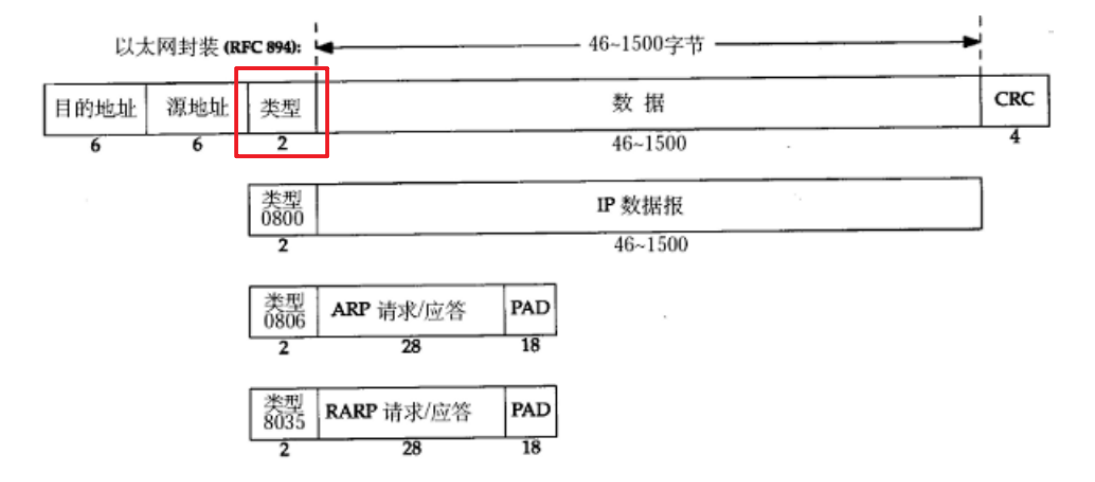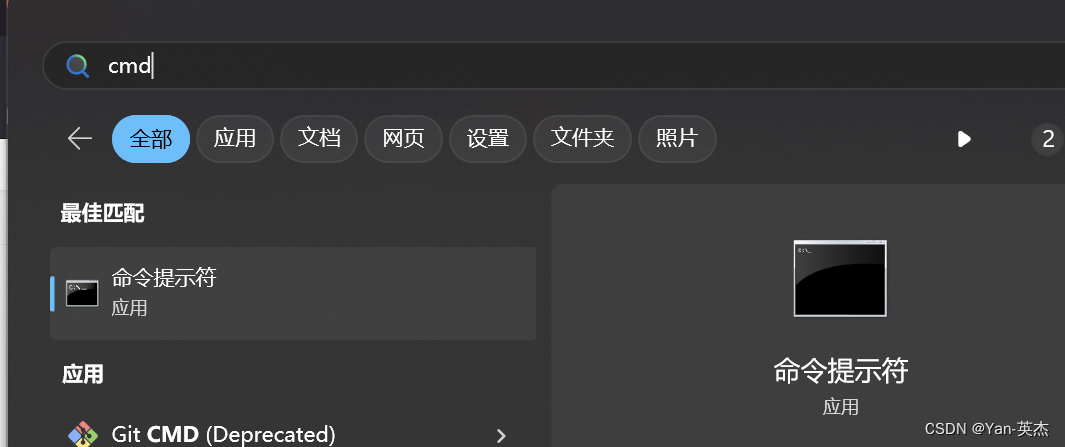一、简介
事件:发生在HTML元素上的事情,可以是用户的行为,也可以是浏览器的行为,如
- 用户点击了某个HTML元素
- 用户将鼠标移动到某个HTML元素上
- 用户输入数据时光标离开
- 页面加载完成
事件源:事件触发的源头,即触发事件的元素,如按钮、输入框、超链接等
事件对象:当一个事件发生时,这个事件相关的详细信息会被保存到一个对象中,称为event对象
事件监听:监听事件的发生,绑定事件函数,当事件被触发后执行该事件函数,即回调函数
二、绑定事件
三种方式:
- 静态绑定,通过为标签的
事件属性赋值
<head>
<script>
function f1(){
console.log("静态绑定");
}
</script>
</head>
<body>
<!--方式1:通过标签的事件属性-->
<button onclick="f1()">按钮1</button>
</body>- 动态绑定,通过为DOM对象的
事件属性赋值
<head>
<script>
//当页面加载完成后执行
window.onload=function(){
var btn2=document.getElementById("btn2");
//方式2:通过DOM对象的事件属性,为按钮绑定点击事件
btn2.onclick=function(){
console.log("动态绑定");
}
}
</script>
</head>
<body>
<button id="btn2">按钮2</button>
</body>- 动态绑定,通过为DOM对象进行
事件监听,使用addEventListene("事件名",回调函数)
<head>
<script>
//当页面加载完成后执行
window.onload=function(){
//方式3:通过为DOM对象进行事件监听addEventListener
var btn3=document.getElementById("btn3");
btn3.addEventListener("click",function(){
console.log("动态绑定");
});
}
</script>
</head>
<body>
<button id="btn3">按钮3</button>
</body>注意:
- 可以通过事件回调函数的第一个参数获取事件对象event,属性含义:
target 事件的目标元素,即事件源
type 事件类型
timeStamp 事件生成的日期和时间
clientX 当事件被触发时,鼠标指针的水平坐标
clientY 当事件被触发时,鼠标指针的垂直坐标- 在事件回调函数中,
this表示事件源,即发生事件的元素
<head>
<script>
//当页面加载完成后执行
window.onload=function(){
var btn=document.getElementById("btn");
btn.onclick=function(event){//事件触发时会自动为回调函数传入一个参数,表示event事件对象
console.log(111);
console.log(event);
console.log(typeof event);
console.log(event.target);//事件源
console.log(event.type);//事件类型
console.log(this);//事件源,等同于console.log(event.target);
}
}
function f1(event){
console.log(event);
}
</script>
</head>
<body>
<button id="btn">点我</button>
<!--静态绑定事件时,需要在绑定事件回调函数时接收事件对象参数-->
<button onclick="f1(event)">click me</button>
</body>
三、常用事件
1、鼠标事件
| 事件名 | 描述 |
|---|---|
| onclick | 鼠标单击 |
| ondblclick | 鼠标双击 |
| onmouseover | 鼠标移到某元素之上 |
| onmouseout | 鼠标从某元素上移开 |
| onmousedown | 鼠标按钮被按下 |
| onmouseup | 鼠标按键被松开 |
| onmousemove | 鼠标被移动 |
| oncontextmenu | 鼠标右键单击 |
<head>
<script>
window.onload=function(){
var btn=document.getElementById("btn");
//鼠标事件
//btn.onclick=function(){}//鼠标单击
//btn.ondblclick=function(){}//鼠标双击
/*btn.onmouseover=function(){//鼠标经过
console.log(111);
}
btn.onmouseout=function(){//鼠标离开
console.log(222);
}
btn.onmousedown=function(){//鼠标按下
console.log(111);
}
btn.onmouseup=function(){//鼠标松开
console.log(222);
}
btn.onmousemove=function(){//鼠标移动
console.log(111);
}*/
btn.oncontextmenu=function(){//鼠标右击
console.log(111);
}
}
</script>
</head>
<body>
<button id="btn">点我</button>
</body>2、键盘事件
| 事件名 | 描述 |
|---|---|
| onkeydown | 某个键盘的键被按下去 |
| onkeypress | 某个键盘的键被按下去且松开 |
| onkeyup | 某个键盘的键被松开 |
<head>
<script>
//键盘事件
var username=document.getElementById("username");
username.onkeydown=function(e){//键盘的键被按下去
//console.log(111);
//console.log(e.keyCode);//获取按键码
if(e.keyCode==13){//当输入回车后才会输出111(回车键码是13)
console.log(111);
}
}
/*username.onkeypress=function(){//键盘的键被按下去且松开
console.log(222);
}
username.onkeyup=function(){//键盘的键被松开
console.log(333);
}*/
}
</script>
</head>
<body>
用户名:<input type="text" id="username">
</body>3、表单事件
| 事件名 | 描述 |
|---|---|
| onfocus | 元素获得焦点 |
| onblur | 元素失去焦点 |
| onchange | 域的内容发生改变,一般用于文件选择器和下拉列表 |
| onselect | 文本内容被选中 |
| onsubmit | 表单提交前触发,回调函数返回true表示允许表单提交,返回false表示阻止表单提交 |
表单元素的方法:focus()、blur()、select()、click()
<head>
<style>
#username,#email{
outline: 0;
}
.border{
border: 1px solid red;
}
#img{
width:100px;
height:100px;
}
#head{
display:none;
}
/*被选中的内容为红色*/
/*#email::selection{
color:red;
}*/
</style>
<script>
//表单事件
window.onload=function(){
var username=document.getElementById("username");
username.onfocus=function(){//元素获得焦点
username.classList.add("border");
}
username.onblur=function(){//元素失去焦点
username.classList.remove("border");
}
document.getElementById("eat").onchange=function(){//域的内容发生改变
console.log(this.checked);//获取是否选中
}
document.getElementById("head").onchange=function(){
//console.log(this.files);//获取选择的文件数据
document.getElementById("img").src=window.URL.createObjectURL(this.files[0]);//根据选中的图片改src
}
document.getElementById("email").onselect=function(){//文本内容被选中
this.classList.add("border");
}
document.getElementById("frm").onsubmit=function(){
//判断表单内容是否符合要求
var email=document.getElementById("email").value;
if(email==""){
return false;
}
return true;
}
}
</script>
</head>
<body>
<form action="" id="frm">
用户名:<input type="text" id="username"><br>
爱好:<input type="checkbox" name="hobby" id="eat" value="eat">吃饭<br>
头像:<input type="file" id="head" multiple><!--可同时选多个文件-->
<label for="head">
<img src="./默认头像.png" id="img">
</label><br>
邮箱:<input type="text" id="email" value="tom@sina.com.cn" name="email"><br>
<input type="submit" value="提交">
</form>
</body>
四、事件操作
1、事件流
概念:当一个HTML元素产生事件时,该事件会在当前元素与根元素之间按特定的顺序传播,所有经过的节点都会收到该事件并执行,这个传播过程就是DOM事件流。
分类:事件冒泡、事件捕获
2、事件冒泡/事件捕获
事件冒泡:当一个元素上的事件被触发时,事件从事件源开始,往上冒泡直到页面的根元素,这一过程被称为事件冒泡(默认方式)
事件捕获:当一个元素上的事件被触发时,事件从页面的根元素开始,往下直到事件目标元素,这一过程被称为事件捕获
阻止事件冒泡 :event.stopPropagation()
<head>
<style>
div{
border:1px solid black;
}
#div1{
width:200px;
height:200px;
}
#div2{
width:150px;
height:150px;
}
#div3{
width:100px;
height:100px;
}
#div4{
width:50px;
height:50px;
}
</style>
<script>
function $(id){
return document.getElementById(id);
}
window.onload=function(){
$("div1").addEventListener("click",function(){
console.log("div1");
},false)//第三个参数为true表示采用事件捕获,默认为false表示事件冒泡
$("div2").addEventListener("click",function(){
console.log("div2");
},false)
$("div3").addEventListener("click",function(event){
console.log("div3");
event.stopPropagation();//阻止事件传播
},false)
$("div4").addEventListener("click",function(){
console.log("div4");
},false)
};
</script>
</head>
<body>
<div id="div1" onclick="print(' div1' )">div1
<div id="div2" onclick="print(' div2' )">div2
<div id="div3" onclick="print(' div3' )">div3
<div id="div4" onclick="print(' div4' )">div4</div>
</div>
</div>
</div>
</body>3、事件代理/事件委托
概念:利用事件冒泡/事件捕获机制,通过给父元素绑定事件,从而实现对所有子元素的事件管理,无需为每个子元素绑定事件
优点:1.减少事件注册,降低内存占用
2.新增元素时实现动态绑定事件
<head>
<style>
ul{
border:1px solid #ccc;
}
li{
background: pink;
}
</style>
<script>
window.onload=function(){
/*var lis=document.querySelectorAll("li");
for(var li of lis){
li.onclick=function(){
console.log(this);//事件源
console.log(this,innerText);
}
}*/
document.querySelector('ul').onclick=function(e){
console.log(e.target.innerText);
//console.log(e.target);//触发事件的原始对象
console.log(this);
}
}
function add(){
var li=document.createElement("li");
li.innerText="li6";
/*li.onclick=function(){
console.log(this,innerText);
}*/
document.querySelector('ul').appendChild(li);
}
</script>
</head>
<body>
<button onclick="add()">添加li</button>
<ul>
<li>li1</li>
<li>li2</li>
<li>li3</li>
<li>li4</li>
<li>li5</li>
</ul>
</body>4、事件默认行为
概念:当一个事件发生时浏览器自己会默认做的事情,如:点击链接时默认会跳转,右键点击时默认会弹出菜单
阻止事件的默认行为:e.preventDefault();
<head>
<script>
function print(e){
console.log(111);
e.preventDefault();//阻止事件的默认行为
}
</script>
</head>
<body>
<button oncontextmenu="print(event)">右键点击</button><br>
<a href="https://www.baidu.com" onclick="print(event)">百度</a>
<!--<a href="JavaScript:print()">百度</a>-->
</body>

















![[产品管理-22]:NPDP新产品开发 - 20 - 产品设计与开发工具 - 开发、制造、装配阶段](https://i-blog.csdnimg.cn/direct/df7224f1d03c47d5987b33c27505096c.png)
